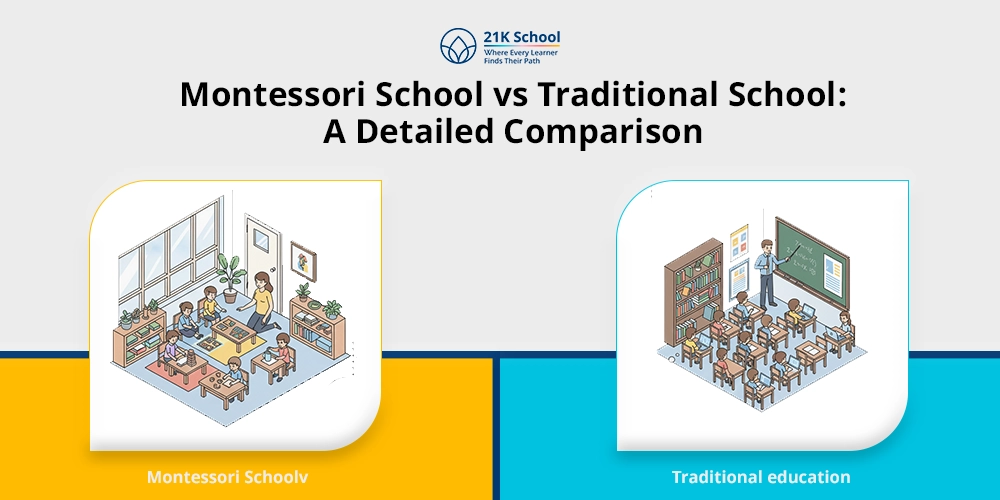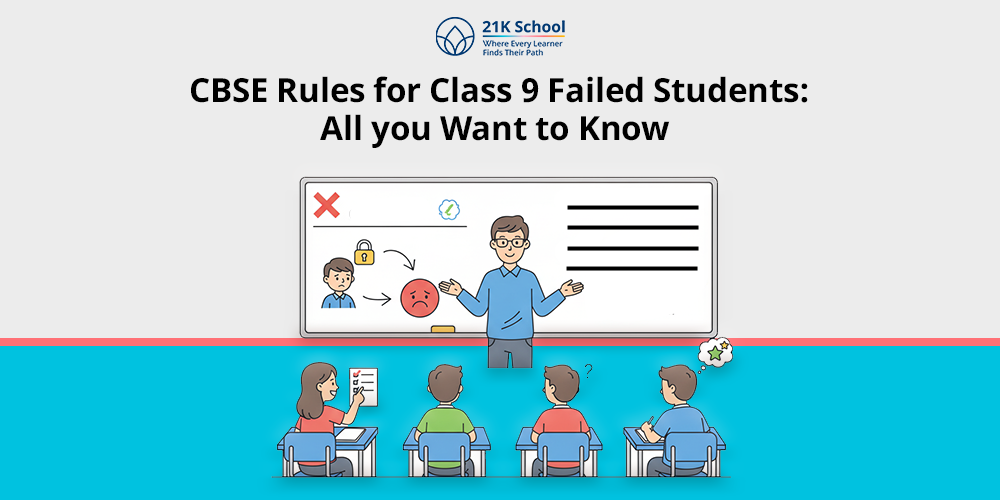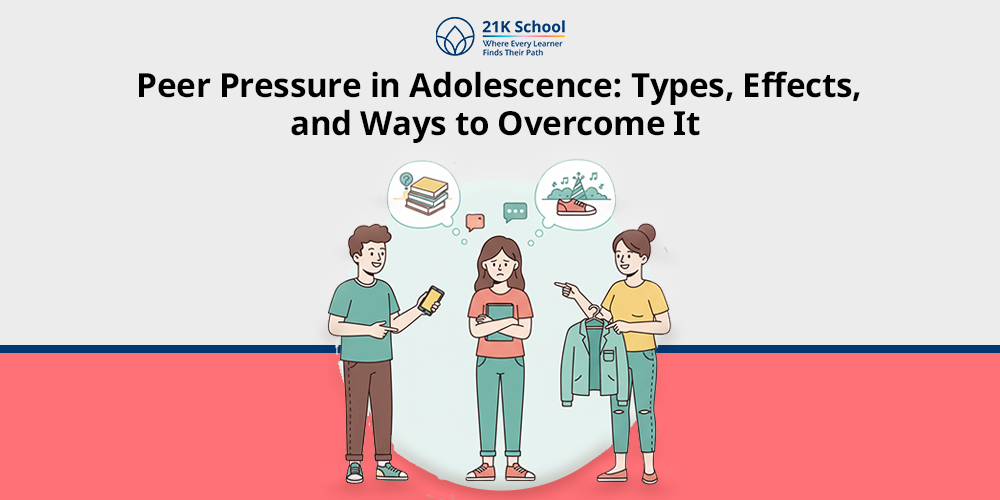
Indian education system is in the middle of a powerful transformation. As the country moves toward a more progressive and equitable society, the spotlight has shifted to inclusive education.
This shift is not just about accommodating differences, but about celebrating them. The goal is to build a system where every student, regardless of their challenges, feels welcomed, supported, and empowered to succeed.
The future of inclusive education in India holds tremendous potential. With the help of policy reforms, educational technology , teacher training, and growing societal awareness, India is gradually moving toward a more inclusive and fair learning system.
Table of Contents
What is Inclusive Education and Why Does It Matter?
Inclusive education refers to the practice of educating all children, regardless of their physical, intellectual, emotional, or social challenges, in regular classrooms.
The first step is understanding the importance of inclusive education . It’s not just about physical access, but about ensuring every child has meaningful participation in learning and school life.
This approach matters because it promotes equal opportunities, social acceptance, and empathy among students.
When children from different backgrounds learn together, it breaks down barriers of discrimination and helps build a more just society.
Current State of Inclusive Education in India
India has made progress over the years. Policies like the Right to Education Act (RTE) mandate that every child between the ages of 6 and 14 has the right to free and compulsory education.
The National Education Policy (NEP) 2020 further strengthens this by focusing on equity, inclusion, and holistic development. However, despite these policy efforts, practical implementation remains uneven.
Many schools, especially in rural areas, still lack the basic infrastructure to support children with disabilities. Teachers often aren’t trained to handle special education needs.
While some urban private schools are adopting inclusive practices, a large portion of the education system remains out of reach for many children with learning differences or disabilities.
Inclusive education in India is currently at a stage where intent exists, but systemic gaps in training, funding, and resources are slowing down actual change.
Future Trends in Inclusive Education in India
India’s inclusive education journey is evolving. These are the trends that are expected to shape its future:
1. Technology-Driven Personalised Learning
EdTech is revolutionising the education space by supporting personalized learning
Adaptive platforms offer customised lessons based on student performance, while assistive technologies such as screen readers, speech-to-text tools, and learning apps are making classrooms more inclusive.
For students with learning disabilities , technology can mean the difference between falling behind and thriving.
Going forward, the use of AI-powered learning systems and smart classrooms will become more common, supporting students with a wide range of needs and abilities.
2. Social-Emotional Learning
Social emotional learning (SEL) is gaining importance in Indian schools. It focuses on helping children build self-awareness, emotional control, empathy, and social skills—all of which are vital in an inclusive environment.
When students are taught to understand their emotions and those of others, they become more accepting and respectful.
SEL programs help reduce bullying, create stronger peer connections, and make classrooms feel safe for every child, especially those who may feel different or isolated.
3. Focus on Equity and Access
In the future, schools will focus more on educational equity , making sure all students have access to the tools and support they need, rather than treating everyone the same.
This means going beyond the classroom to offer financial support, remedial classes, counselling services, and community engagement.
Equity-driven education takes into account the unique circumstances of every child and helps close the opportunity gap created by socio-economic status, language barriers, or physical limitations.
4. Universal Design for Learning (UDL)
Universal Design for Learning is a teaching framework that encourages flexibility in the way content is presented, how students engage with it, and how they show their understanding.
Rather than creating separate strategies for students with special needs, UDL works to make lessons accessible for all right from the beginning.
5. Addressing the Digital Divide
As digital learning expands, the digital divide continues to be a major challenge in India. Many students, especially in rural or low-income areas, lack access to reliable internet, devices, or electricity.
To make inclusive education truly equitable, governments and private stakeholders will need to invest heavily in infrastructure, provide affordable devices, and deliver offline or hybrid content options. Only then can digital literacy be achieved at the national level.
6. Teacher Training and Development
Teachers are the backbone of inclusive classrooms . In the future, teacher education programs will include stronger training in inclusive teaching strategies , special education needs, and the use of assistive technologies.
In-service training, ongoing professional development, and support networks will also become more common. When teachers feel confident and supported, they can better adapt their teaching methods to reach every student in the room.
7. Inclusive Learning Environments
Physical learning spaces also need transformation. Schools of the future will be designed to be inclusive by default, with ramps, tactile flooring, adjustable desks, sensory-friendly corners, and accessible washrooms.
Classroom layouts will also change to encourage collaborative learning , flexibility, and movement. A well-designed space can dramatically affect how safe and included a child feels in school.
8. Learning through Collaboration
Collaborative learning methods , such as group projects, mixed-ability peer pairs, and student-led activities, foster a sense of belonging.
These techniques help break down social barriers and encourage students to work together, learn from one another, and appreciate each other’s strengths.
Future classrooms will be less about , and more about student-centred learning , which naturally supports inclusion by valuing all voices.
9. Policy and Legislation
Government policies will continue to shape the future of inclusive education. NEP 2020 has already laid a solid foundation.
In the coming years, we can expect more detailed guidelines, better funding allocations, and monitoring systems to ensure schools are following inclusive practices.
Laws will likely become more action-oriented, with incentives for inclusive schools, penalties for non-compliance, and increased collaboration with civil society groups and education experts.
Conclusion: A Path Toward a More Equitable Education System
The future of inclusive education in India is flexible and remote. It envisions a country where every child, regardless of ability, has the opportunity to learn, grow, and succeed in a respectful and supportive environment.
For this to become reality, we need commitment at all levels—policy, practice, and perception. Inclusive education is not just an educational reform; it’s a social movement. It asks us to rethink what learning looks like and who gets to participate.
With continued focus on technology, teacher development, student well-being, and accessibility, India can lead the way in building an education system that truly leaves no child behind.
Your next read: 10 Effective Strategies to Promote Inclusive Education in Schools



